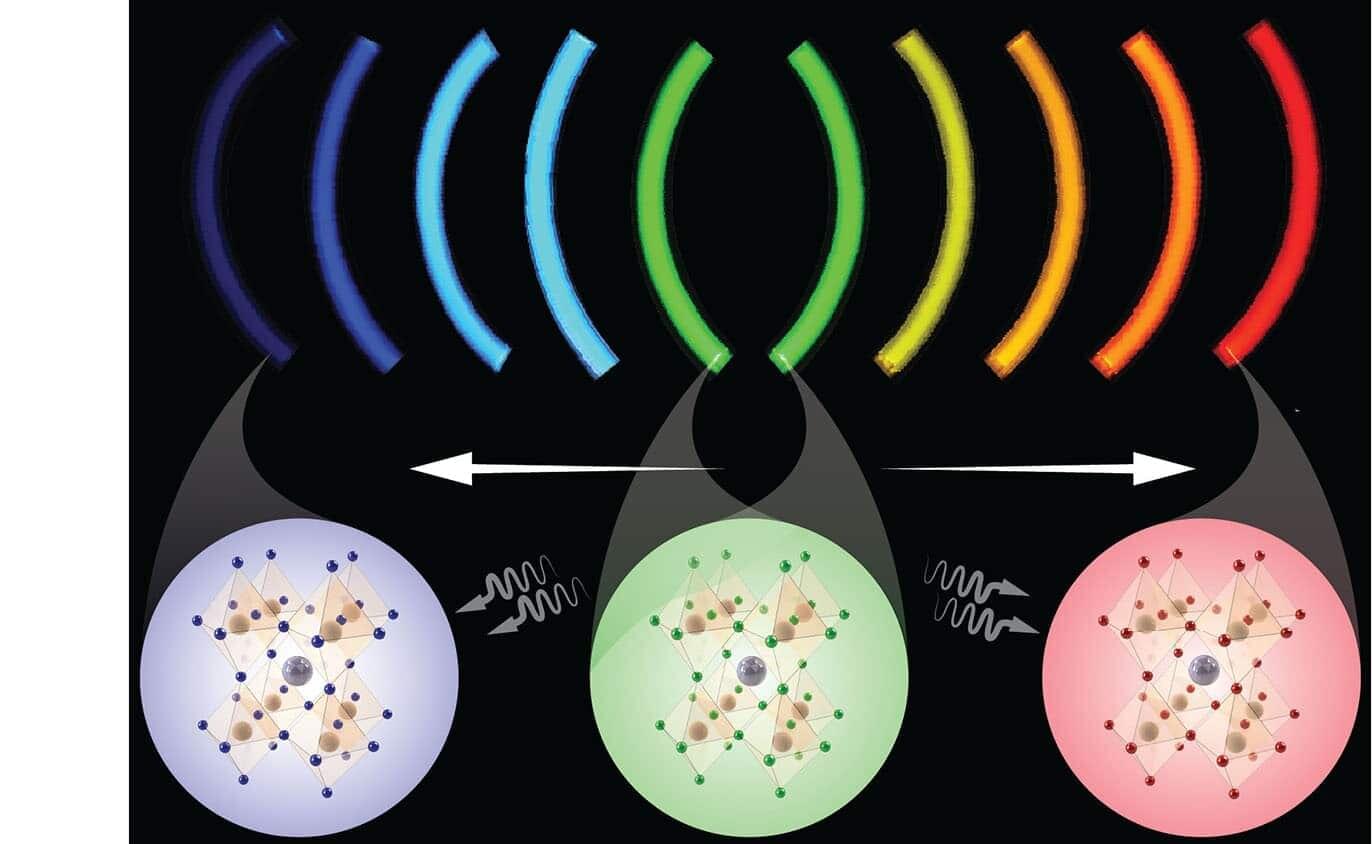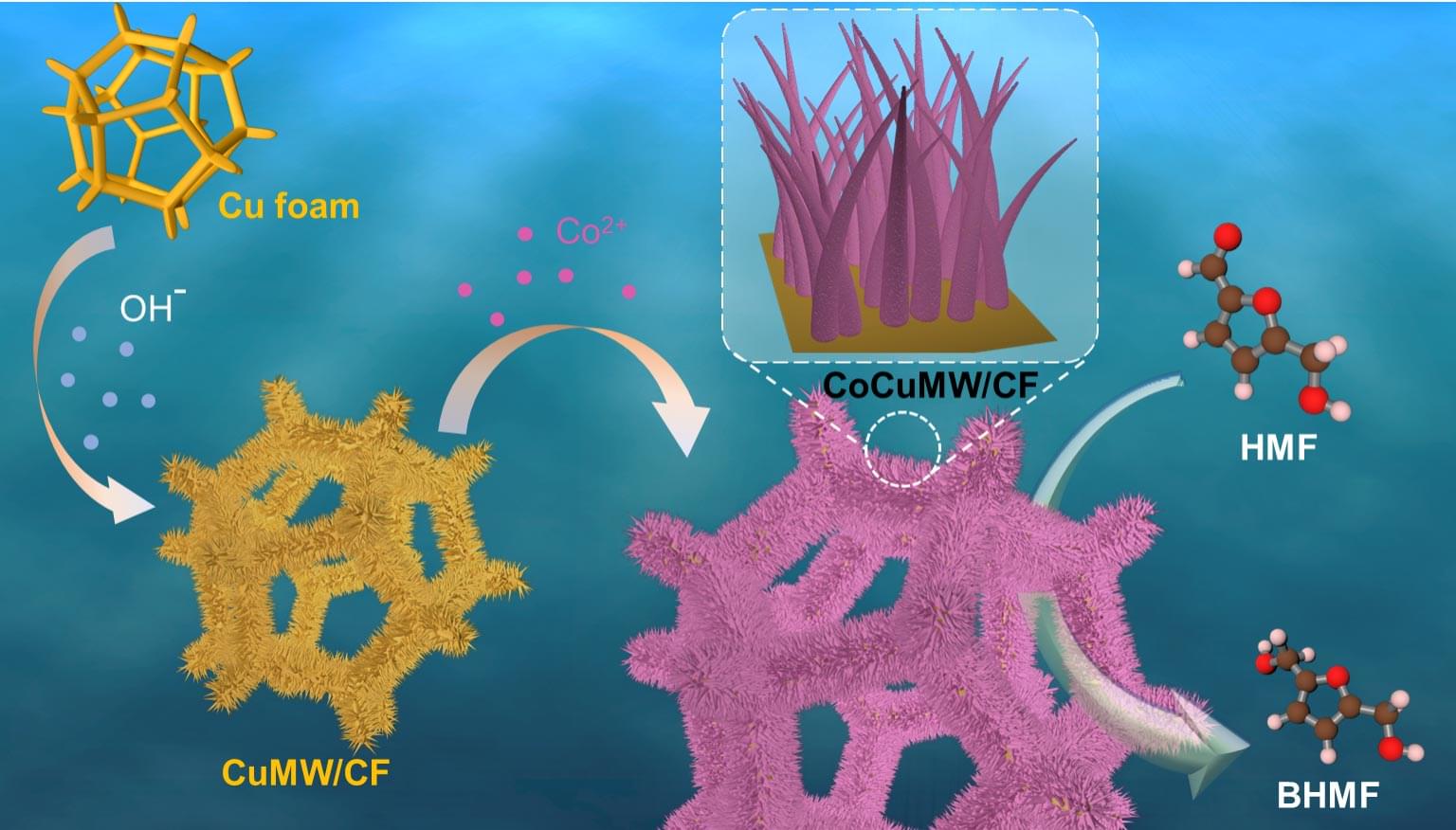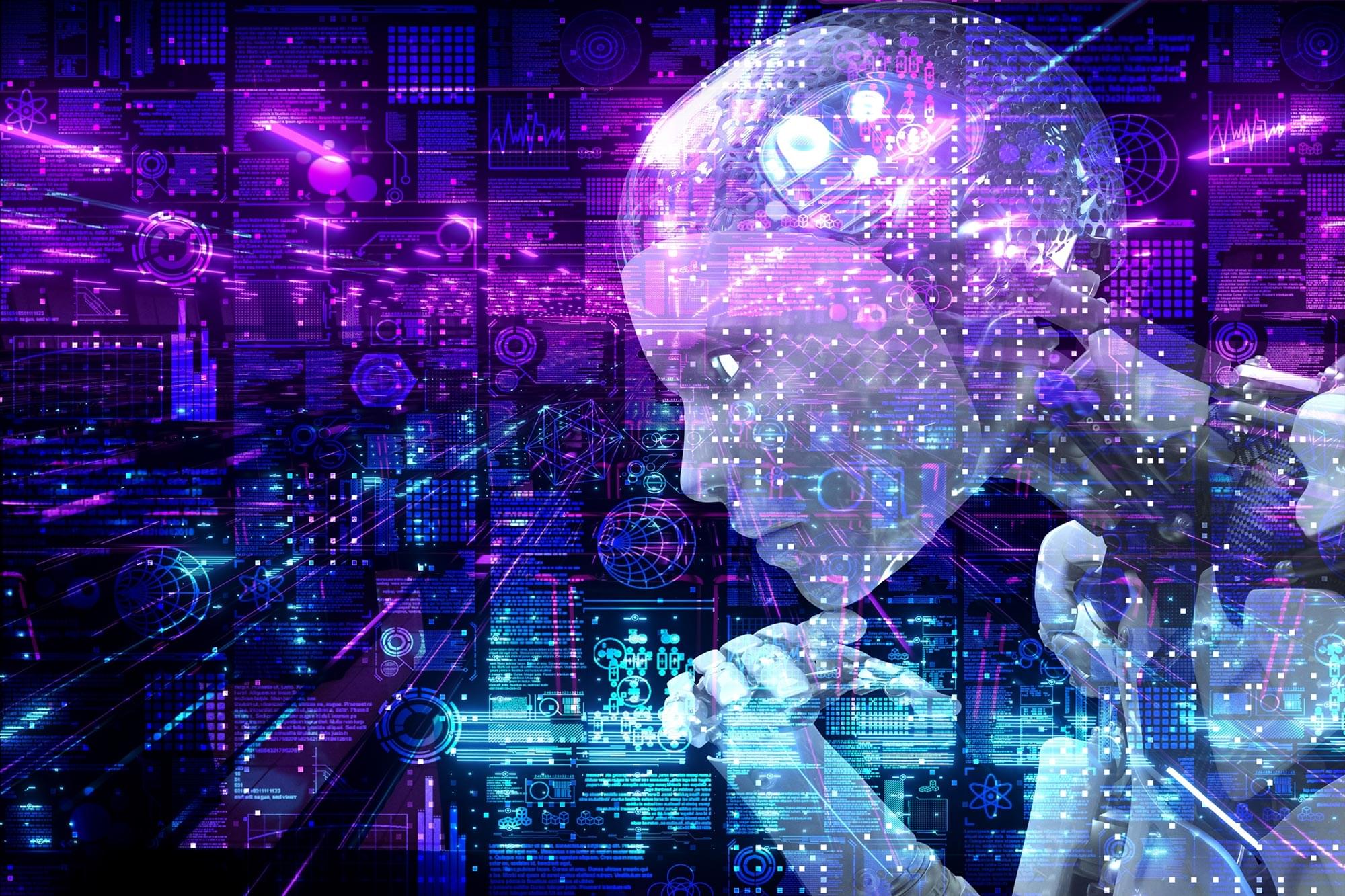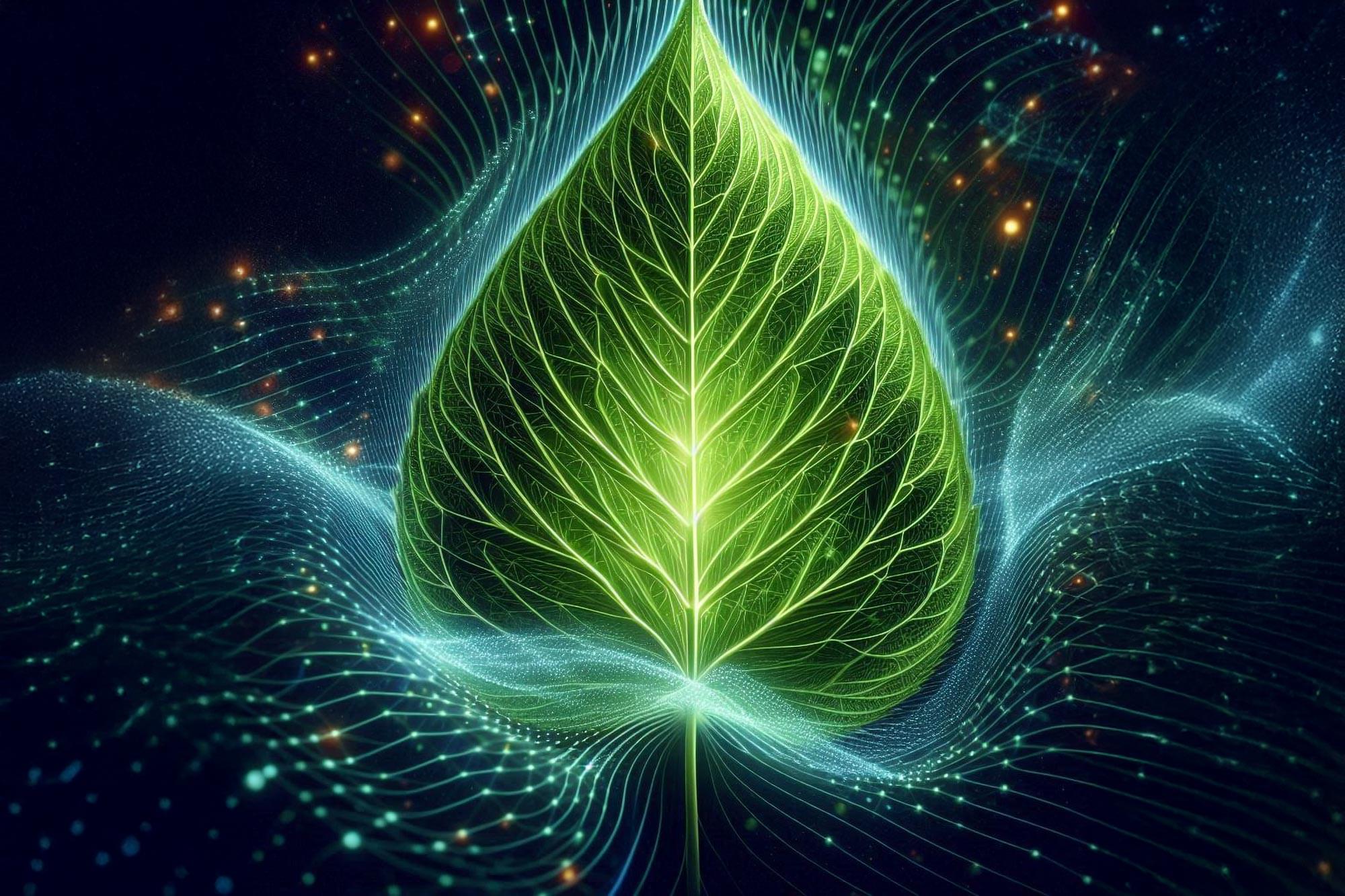A new study examines how complex chemical mixtures evolve under changing environmental conditions, offering insights into the prebiotic processes that may have led to life. Researchers exposed organic molecules to repeated wet-dry cycles and observed continuous transformations, selective organization, and synchronized population dynamics.
The findings indicate that environmental conditions played a crucial role in fostering the molecular complexity necessary for life’s emergence. By simulating early Earth’s conditions, the team found that instead of reacting randomly, molecules self-organized, evolved over time, and followed predictable patterns.
This challenges the notion that early chemical evolution was purely chaotic. Instead, the study suggests that natural environmental fluctuations guided the formation of increasingly complex molecules, ultimately contributing to the development of life’s fundamental building blocks.









